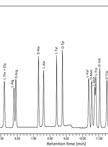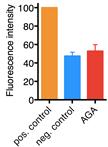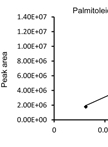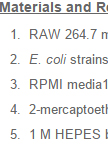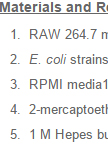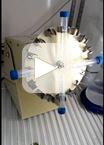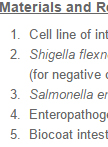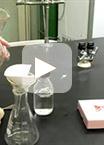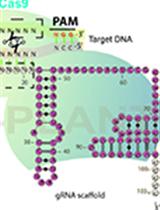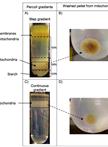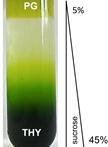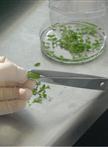- Submit a Protocol
- Receive Our Alerts
- EN
- Protocols
- Articles and Issues
- About
- Become a Reviewer
Past Issue in 2014
Volume: 4, Issue: 17
Biochemistry
Analysis of L- and D-Amino Acids Using UPLC
Cell Biology
Dye-uptake Experiment through Connexin Hemichannels
Microbiology
Metabolite and Fatty Acid Analysis of Yeast Cells and Culture Supernatants
Iodine Staining of Escherichia coli Expressing Genes Involved in the Synthesis of Bacterial Glycogen
Fitness Measurements of Evolved Esherichia coli
Evolution of Escherichia coli to Macrophage Cell Line
Purification of the GfsA-3x FLAG Protein Expressed in Aspergillus nidulans
Induction of Connexin-hemichannel Opening
Determination of D-galactofuranose Content of Galactomannoproteins in Aspergillus nidulans
Plant Science
Targeted Gene Mutation in Rice Using a CRISPR-Cas9 System
Isolation of Mitochondria from Potato Tubers
Gradient Flotation Centrifugation of Chloroplast Membranes
Axenic Culture of Sclerotinia sclerotiorum and Preparation of Sclerotinia Culture Filtrate Elicitor 1 (SCFE1)-containing Fractions, Triggering Immune Responses in Arabidopsis thaliana
Centrifuge Microscopy to Analyze the Sedimentary Movements of Amyloplasts


